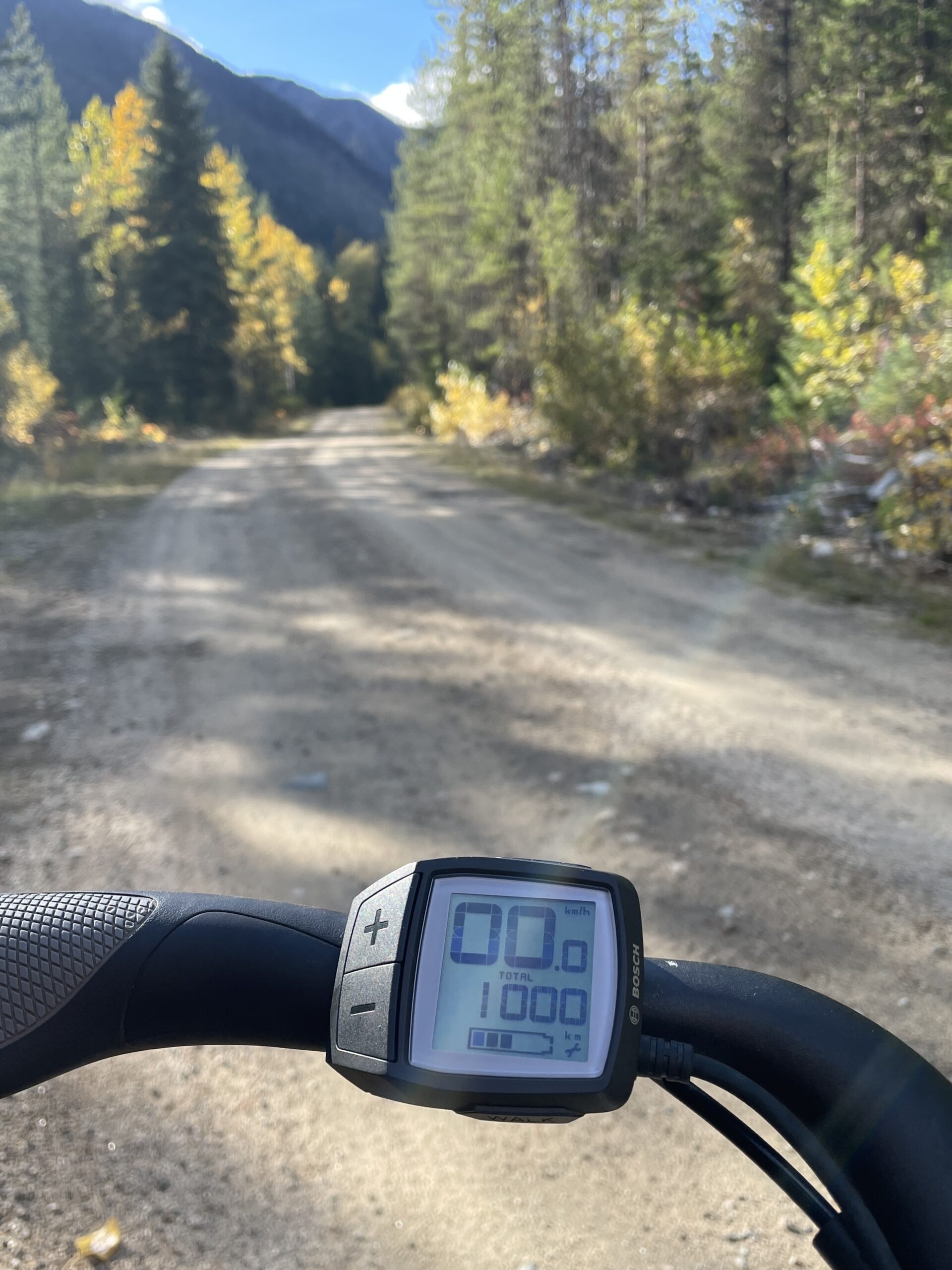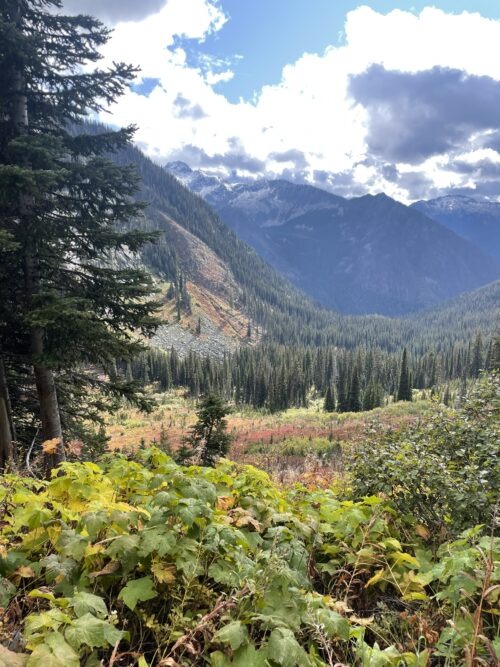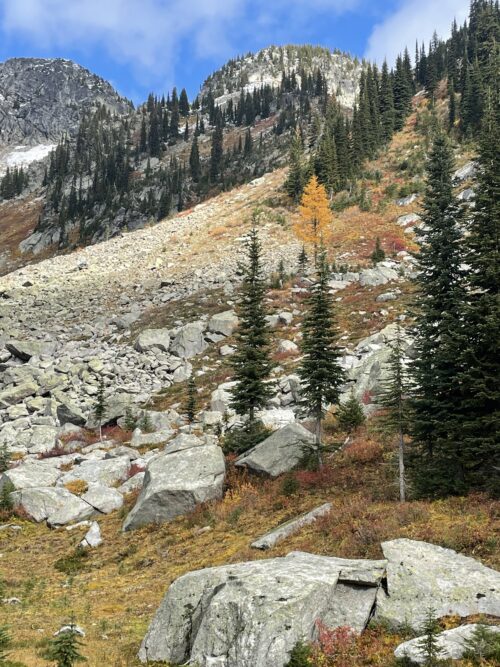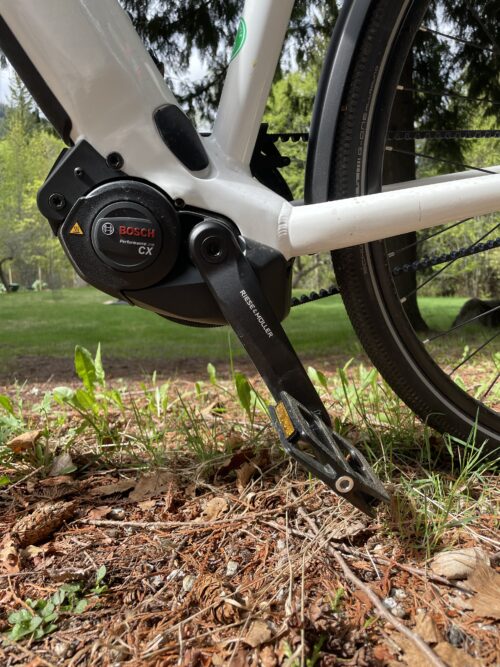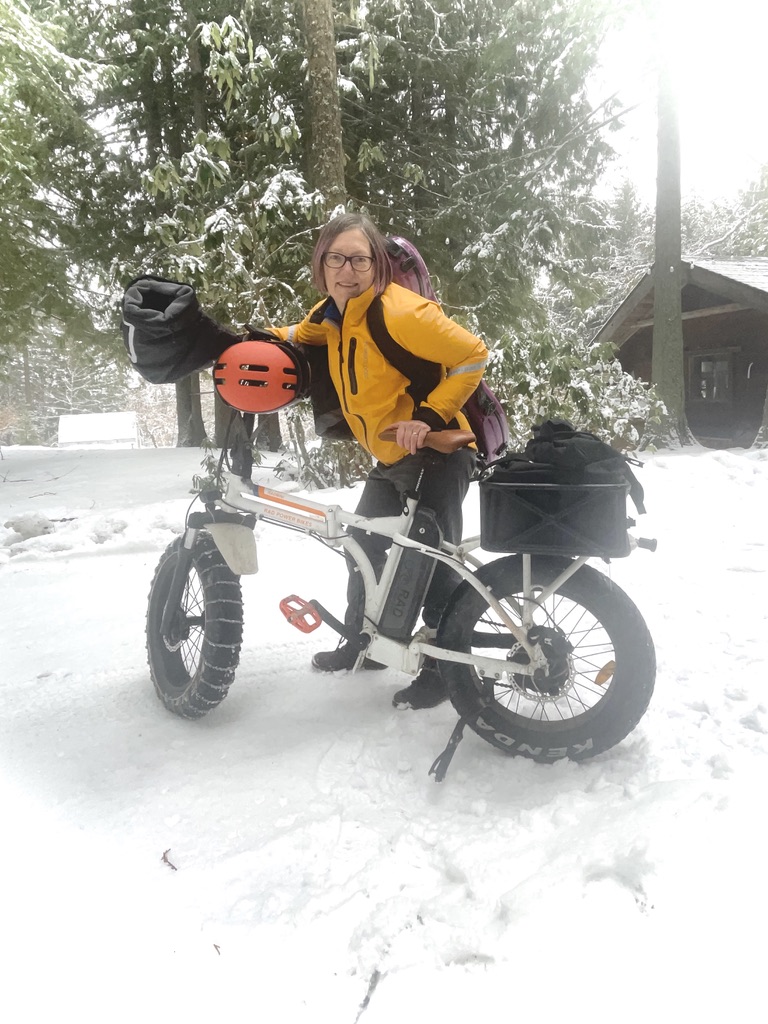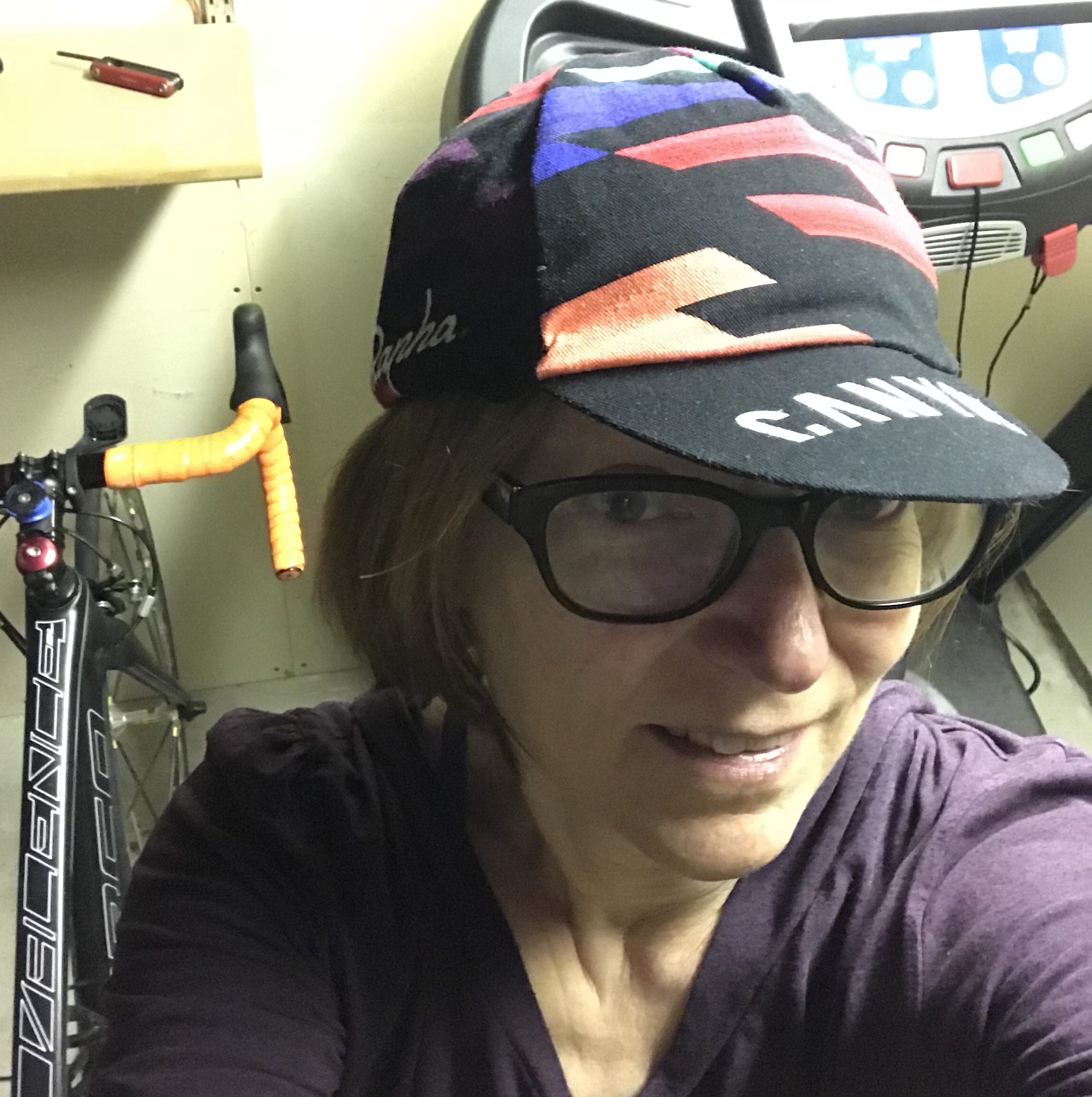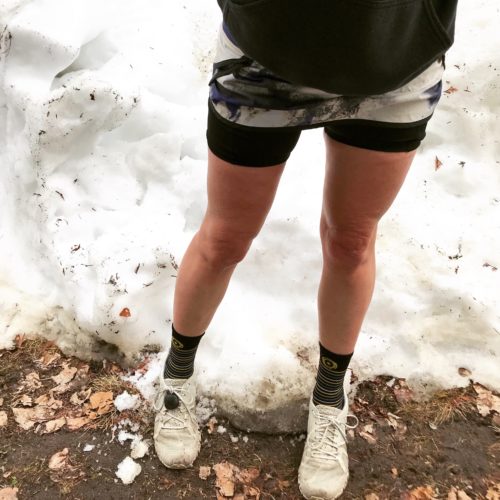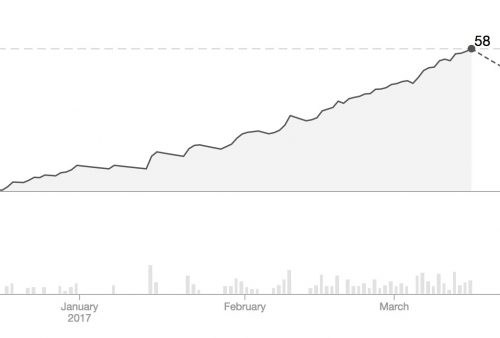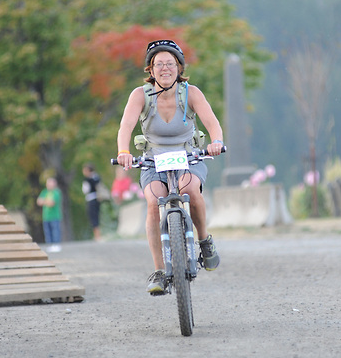I’ve been a member of the local trails Society for years, and have volunteered at a lot of trail-work days, but I’ve always resisted invitations to become part of the board. Three years ago, though, I learned that they had become the keeper of the legacy of another Society, one that had tried unsuccessfully to create a trail between our neighbouring twin villages.
I got interested.
I didn’t join the board but I did ask to be appointed the head of a committee charged with this initiative. I have ignored it for months at a time, but I have hamstered away at various aspects of it on and off. Now happens to be an on time, so I’ve put a lot of energy into it over the past month or two.
Our two villages are, largely speaking, two neighbourhoods comprising one community. Although they have separate village councils, the businesses and services that comprise a functional community are shared between them. There is one post office, one ER, one credit union, one grocery store (located in New Denver). There is one dental clinic, one health food store, one laundromat, one hardware & building supply store, one performance hall (located in Silverton). Between the village is a single two-lane highway. This stretch of road is just over 3 km long, and has an 80 km/h speed limit, negligible to entirely absent shoulders, poor sight-lines and steep drop-offs. There is no sidewalk, no adjacent pathway, no back road or gravel track to offer an alternative. And of course there is no public transit: a bus runs through three times a week but depending on the schedule and direction of travel you will wait between 8 hours and several days for a return trip
I bike it, but I don’t feel entirely safe doing so, and I’m one of only about 10% of the area population who feel even passably okay walking or biking the highway. So most people feel like they have no choice but to use a private motor vehicle for their daily commutes or errands.
While I am willing to accept — as the previous Society decided — that a scenic lakefront trail is a no-go due to private property interests along the foreshore, I am not willing to accept that there is no active transportation solution whatsoever for connecting two interdependent neighbourhoods. In the late 1800s people living in this area were able to push railroads through mountain passes in the space of a few months with little more than hand tools and dynamite. A rock face or scree slope here or there was not a deal-breaker.
With some governmental money floating around to support the development of Active Transportation projects, I decided the time was right to resurrect the pathway idea and try to push it forward with less of a scenic/recreational spin and more of a eco-conscious/active transportation spin. I had a co-conspirator early on, but he stepped back for personal reasons, and so I’ve been carrying the torch mostly on my own.





The inter-Community Active Transportation (i-CAT) Link now has its own webpage (because I maintain the Trails Society website). I have done a large community engagement survey, put together a twenty-page white paper laying out the case for the link, explored land title issues, done an informal survey of the existing road bed, and have learned more than I ever expected to need to know about historical public roadway statutes, Ministry of Transportation construction and maintenance standards.
The i-CAT Link has now been picked up by a regional Citizens’ Advisory Group on Rural Mobility as a supported project, which gives me a foot in the door with the regional district government and the Ministry of the Transportation. Queue lots of meetings.
I also applied for a small community grant under the Trails Society umbrella, so later this year I should be able to hire a planning consultant to start a bit of a scoping plan. I’m not kidding myself: this three-kilometre stretch contains within it almost every geotechnical and jurisdictional challenge possible. Ultimately big grant money, likely to the tune of several million dollars, will be required to build a separated shared mobility pathway. But even if I can smooth the way a little bit, I think it will be worth the work. Until motor vehicles are banned, we need an alternative, and this project makes so much sense. I am convinced it is inexorably moving towards fruition, albeit on a geologic time-scale, and I am happy to play whatever role I can.


